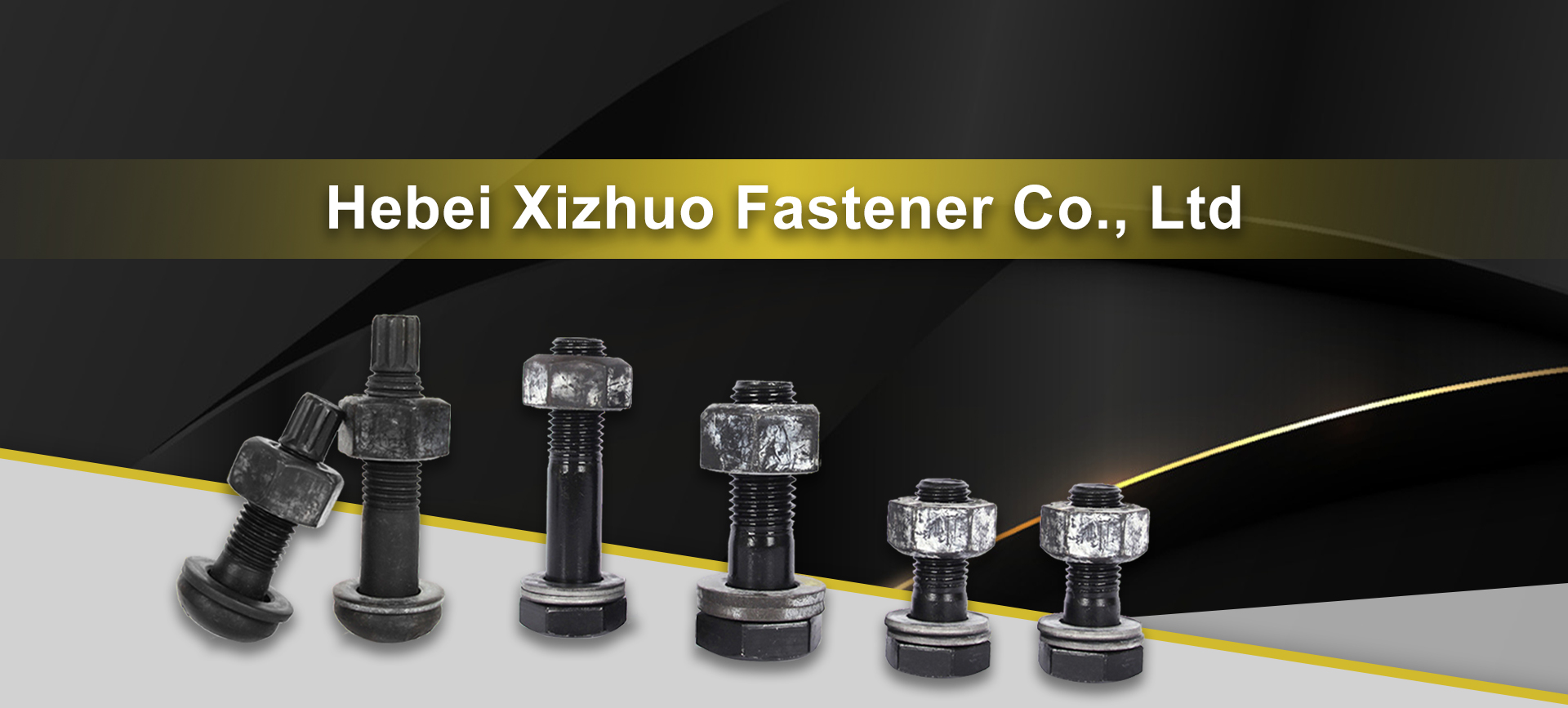Understanding Structural Fasteners for Bolts and Nuts in Construction Applications
Understanding Structural Bolts and Nuts
Structural bolts and nuts are fundamental components in the field of engineering, construction, and manufacturing. These fasteners play a critical role in ensuring the stability and safety of structures such as bridges, buildings, and other infrastructure. Understanding the nuances of structural bolts and nuts is key for engineers and builders alike.
What Are Structural Bolts?
Structural bolts are high-strength fasteners designed to join structural components together effectively. Unlike regular bolts, structural bolts are manufactured to meet specific standards and testing procedures to ensure they can withstand significant loads and stresses. They are typically made from carbon steel, alloy steel, or stainless steel, depending on the application requirements.
One of the notable features of structural bolts is their unique head designs and threaded portions that contribute to their strength. Common types include A325 and A490 bolts, which are categorized based on their chemical composition and mechanical properties. A325 bolts, for example, are often used in situations where standard high-strength requirements are necessary, while A490 bolts offer higher strength and are used in more demanding applications.
The Role of Nuts
Nuts work in tandem with bolts to secure fastening connections. They are usually hexagon-shaped and made from similar materials as the bolts to ensure compatibility and reliability. The most common type used alongside structural bolts is the heavy hex nut, which also adheres to specific standards, ensuring that they can handle high loads associated with structural applications.
Nuts are available in various grades, which are determined based on their tensile strength and manufacturability. When selecting a nut to accompany a structural bolt, it is critical to match the bolt's grade and specifications to ensure optimal performance and safety.
Connection Types
structural bolts and nuts

Two main connection types are often discussed in the context of structural bolts bearing-type connections and slip-critical connections.
1. Bearing-Type Connections In this type, the load is transferred directly through the contact surfaces. The bolts are tightened using torque, which compresses the connected components to achieve a secure fit. It is crucial that the surfaces are clean and free from contaminants to ensure maximum performance.
2. Slip-Critical Connections Here, the connection relies on friction between the bolted elements to resist the loads. Achieving an effective slip-critical connection requires a specific level of tightening, usually performed using a technique called turn-of-nut or controlled torque methods. This type of connection is particularly essential in areas subjected to dynamic forces and vibrations, such as bridges and high-rise structures.
Importance of Proper Installation
The proper installation of structural bolts and nuts cannot be overstated. A correctly installed bolt connection can lead to significant safety implications; hence, following industry standards and best practices during installation is critical. Engineers and construction professionals often refer to guidelines provided by organizations such as the American Institute of Steel Construction (AISC) and the American Welding Society (AWS).
The use of specialized equipment such as torque wrenches and tensioning tools is also essential to ensure that the bolts are tightened to the manufacturer-recommended specifications. Inspections post-installation are equally important to verify that all components meet the required standards.
Conclusion
In conclusion, structural bolts and nuts are crucial elements in the integrity and safety of various engineering structures. Their design, manufacturing standards, and installation techniques play a significant role in determining their effectiveness. Understanding these components allows engineers and builders to make informed choices, ultimately ensuring that structures are reliable and safe for use. As the industry continues to evolve, staying updated with advancements in fastening technologies and materials will remain paramount in the construction and engineering domains.
-
Weatherproof Plastic Expansion Anchors for OutdoorNewsJun.06,2025
-
Sustainability in the Supply Chain: Eco-Friendly TEK Screws ProductionNewsJun.06,2025
-
Load-Bearing Capacity of External Insulation FixingsNewsJun.06,2025
-
Double Head Bolts: Enhancing Efficiency in Industrial MachineryNewsJun.06,2025
-
Corrosion Resistance in Chipboard Screws: Coatings for Wholesale DurabilityNewsJun.06,2025
-
Butterfly Toggle Bolts : Enhancing Structural ResilienceNewsJun.06,2025
